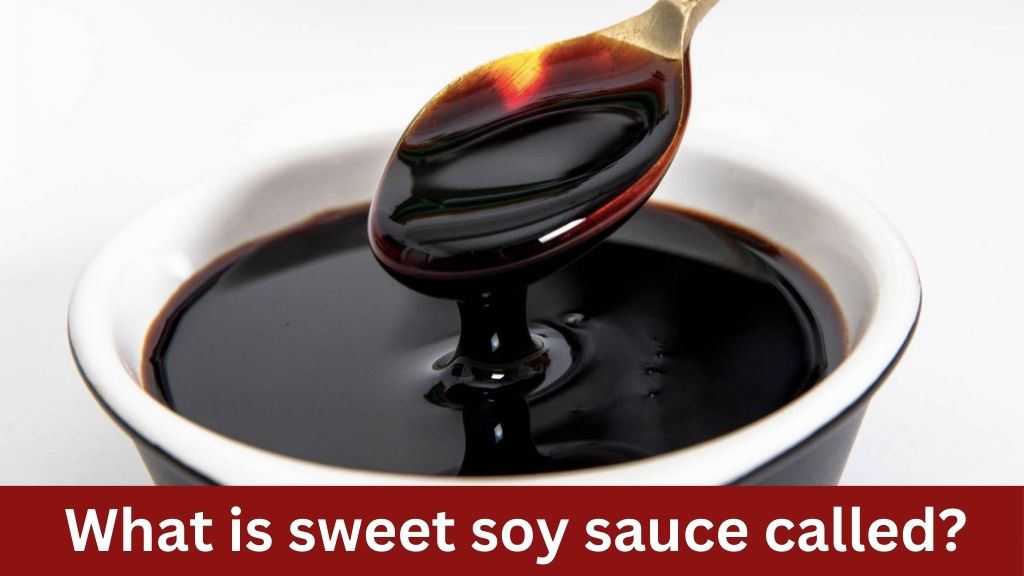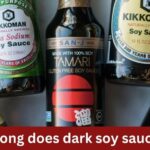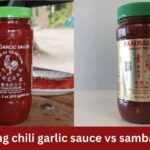When exploring the vast and intricate world of Asian cuisine, one might encounter a plethora of unique ingredients that tantalize the taste buds and elevate dishes to new heights. Among these culinary treasures lies a condiment that adds a touch of sweetness and depth of flavor to various Asian delicacies. But what exactly is this mysterious elixir, and what is it called? In this comprehensive guide, we will delve into the realm of sweet soy sauce, unraveling its origins, characteristics, and diverse uses across different cultures.
Understanding Sweet Soy Sauce
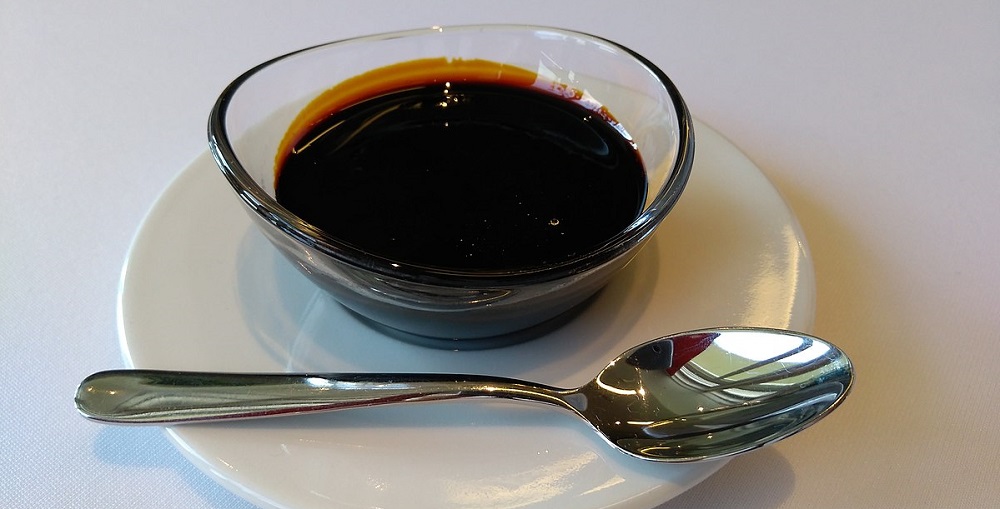
What is Sweet Soy Sauce?
Sweet soy sauce, also known as kecap manis or ketjap manis, is a condiment that originates from Indonesia and is widely used in Asian cuisine. Unlike traditional soy sauce, which is primarily salty, sweet soy sauce is infused with sugar, typically derived from palm sugar. This infusion of sweetness gives the sauce a distinctive caramel-like taste and a thick, syrupy consistency.
Origins and Cultural Significance
Sweet soy sauce holds deep roots in Indonesian culinary traditions, where it has been used for centuries to enhance the flavor of various dishes. Its creation is intertwined with the rich tapestry of Indonesian cuisine, where it plays a prominent role in iconic dishes such as nasi goreng and bakmi goreng. Over time, sweet soy sauce has gained recognition beyond Indonesia’s borders, becoming a beloved ingredient in pan-Asian cooking.
Flavor Profile and Characteristics
The flavor profile of sweet soy sauce is characterized by a harmonious blend of sweetness and umami. The addition of sugar not only balances out the saltiness of traditional soy sauce but also imparts a rich complexity to the sauce. As a result, sweet soy sauce boasts a deep, caramelized flavor with hints of molasses and a subtle tanginess, making it a versatile ingredient in a wide range of dishes.
Production Process
The production process of sweet soy sauce involves fermenting soybeans and wheat in a mixture of water, salt, and sugar. This fermentation process breaks down the complex carbohydrates into simple sugars, resulting in a sweet and savory sauce with a distinctively rich flavor. The addition of palm sugar further enhances the sweetness and imparts a unique aroma to the sauce.
Culinary Uses and Versatility
Sweet soy sauce is prized for its versatility in cooking and its ability to elevate a wide range of dishes. From marinades and glazes to stir-fries and dipping sauces, this flavorful condiment adds depth and complexity to various culinary creations. Its sweet and savory flavor profile makes it particularly well-suited for enhancing the taste of meats, seafood, vegetables, and tofu, making it a staple in Asian kitchens around the world.
Names and Variations

Alternate Names
Sweet soy sauce is known by various names across different regions and cultures, reflecting its widespread popularity and diverse culinary applications. While “sweet soy sauce” is a common English term, it is referred to by different names in Asian languages and cuisines. Here are some alternate names for sweet soy sauce:
- Kecap Manis: The Indonesian term for sweet soy sauce, “kecap manis” translates to “sweet sauce” in English. This name is widely used in Indonesian cuisine and reflects the sauce’s sweet flavor profile.
- Ketjap Manis: A variation of the Indonesian term, “ketjap manis” is another common name for sweet soy sauce, particularly in Dutch-influenced regions. The spelling “ketjap” is derived from the Dutch colonial era in Indonesia.
- Si-Ew Wan: In Thai cuisine, sweet soy sauce is known as “si-ew wan,” which translates to “sweet sauce” in Thai. This name reflects the sauce’s sweet taste and its use in Thai cooking, particularly in stir-fries and dipping sauces.
- Amakuchi Shoyu: In Japanese cuisine, sweet soy sauce may be referred to as “amakuchi shoyu,” which translates to “sweet soy sauce” in Japanese. This name distinguishes it from regular soy sauce and highlights its sweeter flavor profile.
Regional Variations
In addition to its diverse names, sweet soy sauce exhibits variations in flavor, texture, and ingredients across different regions and brands. These variations are influenced by factors such as regional culinary traditions, local preferences, and production methods. Here are some key aspects of regional variations in sweet soy sauce:
- Consistency: The consistency of sweet soy sauce can vary from thin and pourable to thick and syrupy, depending on the brand and production process. Indonesian kecap manis tends to have a thicker consistency compared to Thai or Japanese varieties.
- Sweetness Level: The sweetness of sweet soy sauce can vary depending on the type and amount of sugar used in the recipe. While palm sugar is commonly used in Indonesian kecap manis, other variations may use cane sugar or different sweeteners, resulting in varying levels of sweetness.
- Ingredients: Sweet soy sauce may contain additional ingredients such as spices, herbs, and flavorings, which contribute to its unique taste and aroma. While traditional recipes typically include soybeans, wheat, sugar, and salt, modern variations may incorporate additional ingredients for added complexity.
- Regional Preferences: Different regions may have their own preferences when it comes to sweet soy sauce, leading to variations in flavor and usage. For example, Indonesian kecap manis tends to have a stronger, more pronounced sweetness compared to Thai or Japanese varieties, reflecting the culinary preferences of each region.
Culinary Applications
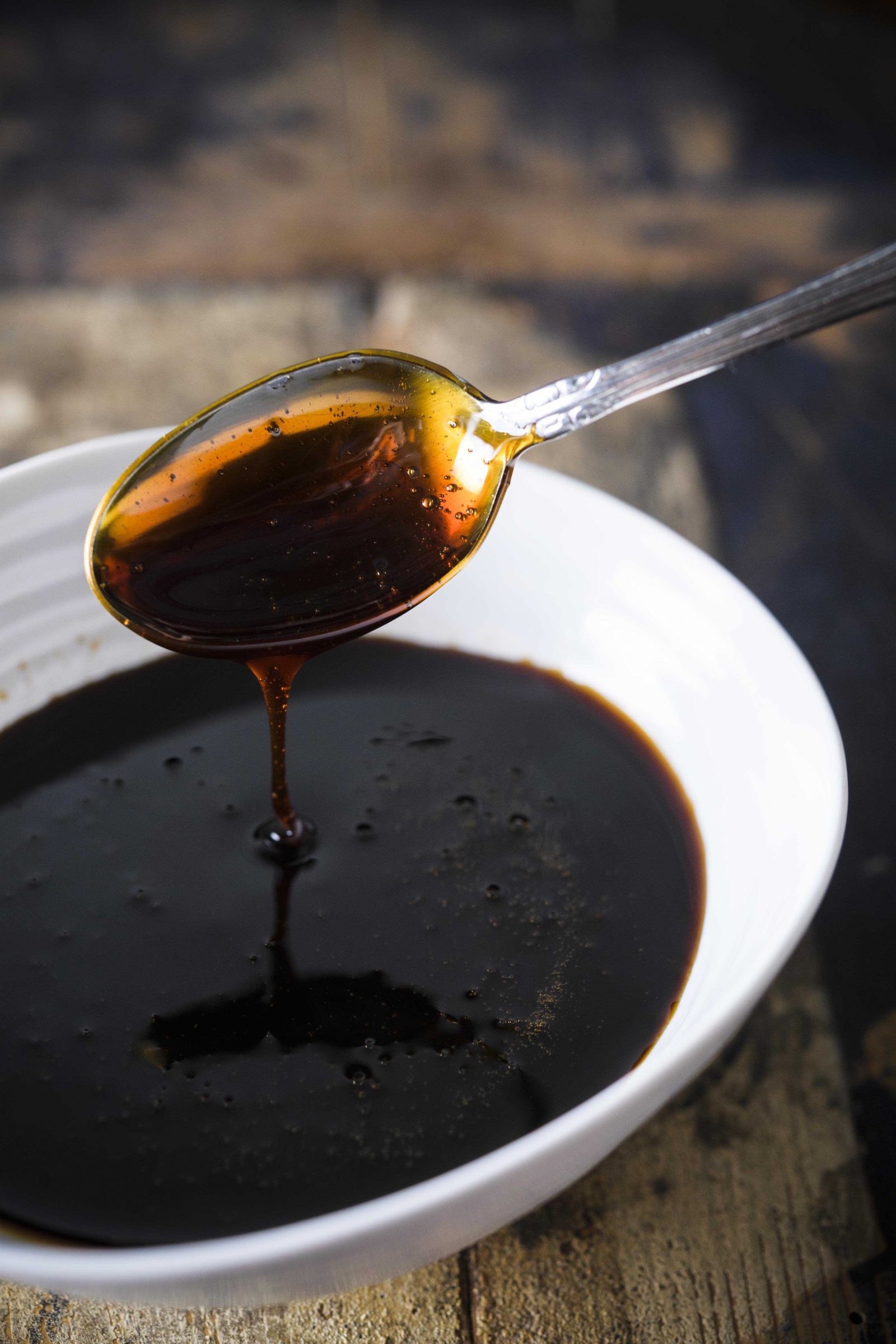
Marinades and Glazes
One of the primary uses of sweet soy sauce is as a marinade or glaze for meats, seafood, and vegetables. Its rich, caramel-like flavor enhances the taste of proteins and vegetables alike, while its thick consistency helps to create a glossy coating when used as a glaze. Whether used on grilled chicken, roasted pork, or stir-fried tofu, sweet soy sauce adds a depth of flavor and a touch of sweetness that elevates the dish to new heights.
Stir-Fries and Noodle Dishes
Sweet soy sauce is a staple ingredient in stir-fries and noodle dishes, where it serves as a flavor enhancer and a key component of the sauce. When added to stir-fried vegetables, noodles, or rice, it imparts a rich, savory flavor and a subtle sweetness that balances out the other ingredients. Its thick consistency also helps to coat the ingredients evenly, ensuring that every bite is infused with delicious flavor.
Dipping Sauces and Condiments
Sweet soy sauce can also be used as a dipping sauce or condiment, either on its own or as part of a larger sauce mixture. Mixed with ingredients like chili, garlic, ginger, or lime juice, it transforms into a versatile dipping sauce that pairs perfectly with appetizers, dumplings, spring rolls, and snacks. Its sweet and savory flavor profile adds depth and complexity to the sauce, while its thick consistency provides a satisfying texture that clings to the food.
Glazes for Grilling and Roasting

When used as a glaze for grilling or roasting, sweet soy sauce adds a caramelized crust to meats, seafood, and vegetables, imparting a deliciously sweet and savory flavor. Whether brushed onto skewers of grilled chicken, drizzled over roasted vegetables, or glazed onto salmon fillets, it creates a beautiful caramelization that enhances both the taste and appearance of the dish.
Conclusion
Sweet soy sauce, known by various names such as kecap manis and ketjap manis, is a culinary gem that adds a touch of sweetness and depth of flavor to Asian cuisine. Originating from Indonesia, this beloved condiment has captivated the palates of food enthusiasts worldwide, transcending cultural boundaries and becoming a staple in pan-Asian cooking. Whether used as a marinade, glaze, or dipping sauce, sweet soy sauce lends its unique blend of sweetness and umami to dishes, elevating them to culinary perfection. So the next time you embark on a culinary adventure, be sure to explore the world of sweet soy sauce and discover the myriad ways it can enhance your dining experience.

